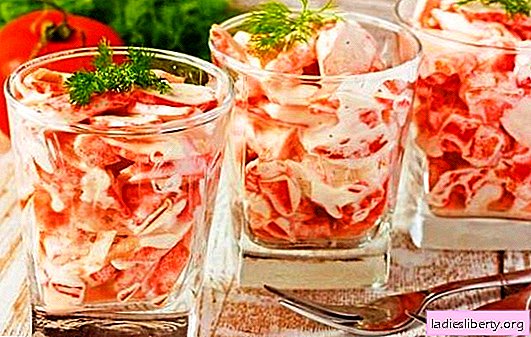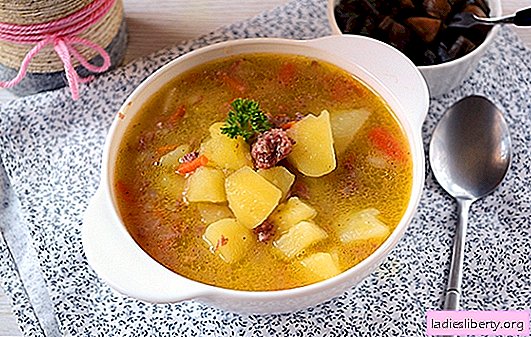
Gravilate - General Description
Gravilate is a perennial herb belonging to the Rosaceae family. The height of the plant is about 70 cm. Gravilate has a straight stem, lyre-shaped basal leaves, large, five-membered flowers of light yellow color. The plant produces pubescent multi-spherical spherical fruits. Flowering and fruiting of gravilate occurs throughout the summer.
As part of the plant, many useful substances were found. Its rhizomes contain a lot of bitterness, flavones, tannins, essential oils, sugars, resins. Leaves are composed of glycosides, ascorbic acid, seeds are made up of fatty oils, eugenol.
Gravilate - types and places of growth
The genus gravilate includes about 40 species of perennial herbaceous plants that are distributed throughout the globe. The most common are:
- Urban gravity is also popularly called clove root, undergrowth, and cobweb. It grows throughout Russia and Ukraine. This type of plant has a straight stem and creeping thick rhizome. The plant is very unpretentious.
- Gravilate Geldreichia is a hybrid with basal leaves covered with hairs and orange flowers.
- Mountain gravilate is a European species with dark green basal leaves, pure yellow, single flowers.
- River gravilate is called a cobblestone, a mighty big, snake root, it is spread on grass, cadastral gravulate.
River gravilate is a perennial plant with pubescent stems, lyre-shaped leaves.
- Chilean gravilate is a perennial plant with red flowers.
- Creeping gravilate is a perennial meadow, less often forest plant with large basal leaves, yellow, white and pink flowers.
Gravilate is a very common plant. It can be found throughout the European part of Russia, in the Caucasus, in Ukraine. Other places of growth are Central Asia and Western Siberia.
The plant prefers raw, slightly acidic, nutrient-rich, sandy, clayey, silty soils, waterlogged and moist meadows, the area near ponds, riverbanks and clearings, roadsides.
Gravilate - healing properties
Traditional medicine uses gravilate to treat inflammatory diseases of the gastrointestinal tract, diarrhea, and liver diseases. Gravilate has a hemostatic effect, so they treat bleeding, bloody diarrhea. It is also used to treat pulmonary tuberculosis, gum bleeding, and inflammation of the mouth and throat.
Due to its astringent abilities, gravilate is effective in treating dysentery, intestinal colic, vomiting, gas retention, hemorrhoids, fever, uterine and hemorrhoidal bleeding, malaria, insomnia, headache.
Baths from a decoction of rhizomes are used to treat joint and muscle diseases, dislocations.
Lotions of shredded fresh rhizomes destroy corns.
Gravilate - dosage forms
The healing properties are grass, rhizomes and roots of gravel. It is in them that there is a high content of resins, essential oils, bitter substances, vitamin C, provitamin A.
The collection of grass must be done during the flowering period, from May to June. Rhizomes are harvested in late autumn.
From finished raw materials, infusions, decoctions, powders are prepared.
Gravilate - recipes
To prepare the infusion of gravilate, it is necessary to grind 1 tbsp. spoon of grass or roots and pour them with a glass of boiling water.
A decoction can be prepared by pouring a glass of water a few spoons of raw materials. Rhizomes can also be brewed as tea.
The powder is consumed one gram per floor glass of warm water several times a day.
Gravilate - contraindications
There are no absolute contraindications to the use of gravilate. But nevertheless, while taking the drug, it must be remembered that it increases blood coagulability and therefore it should be carefully used for people with increased thrombosis.
Comments











